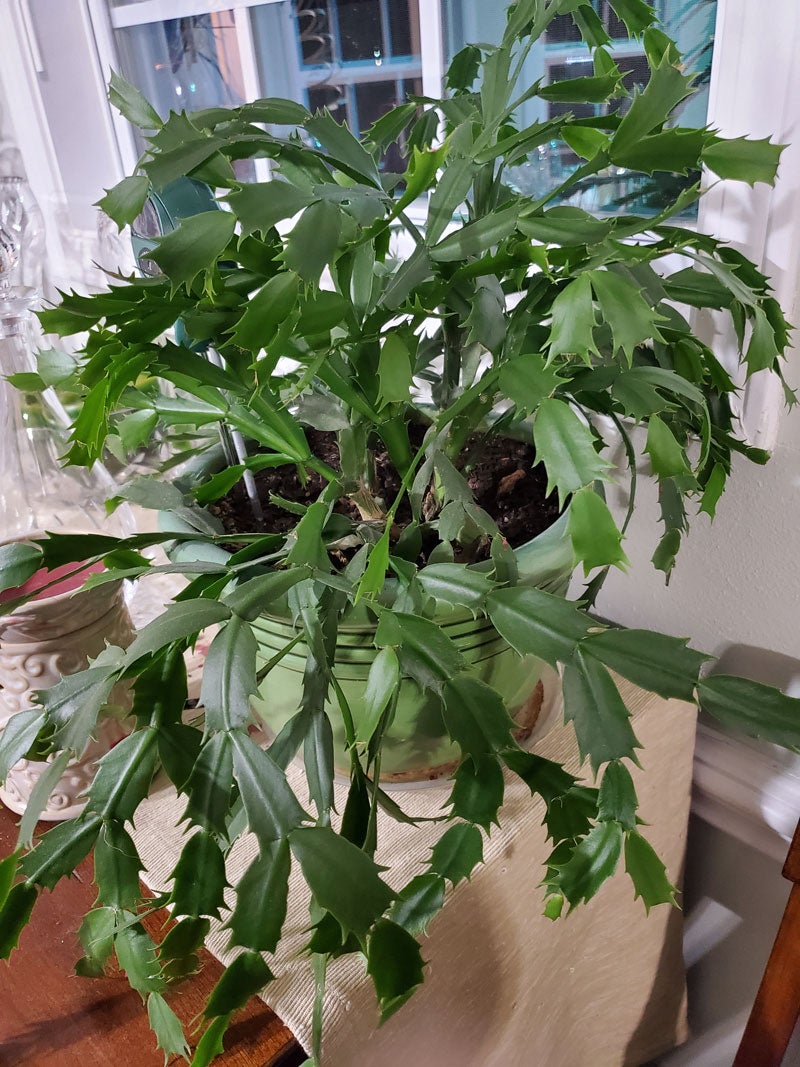Don’t stress your Holiday cacti
Published 4:56 pm Wednesday, December 30, 2020
|
Getting your Trinity Audio player ready...
|
By Mark C. Carroll
Master Gardener

Do not overstress your holiday cactus and do not make changes when buds appear. Submited | Aleta Krauss
Holiday Catcti (sp. Schlumbegera) are tropical jungle cacti that are certainly not new to most home gardeners. However, I only recently learned of these and I became intrigued with them thinking that it would be a perfect opportunity to learn more and share. Schulubegera are epithytic, which means they grow on the surface of other plants. You can easily identify them by their flat-segmented stems.
Holiday Catci consist of three main types the Christmas cactus (Schlumbergera bridgesii), Thanksgiving cactus (Schlumbergera truncata), and the Easter cactus (Rhipsalidopsis gaetneri). Due to heavy hybridization, it can be difficult to pick them apart. For example, the plant in the image is called a Christmas cactus by the owner, but based on the pointiness of the stems, it is more likely a Thanksgiving cactus.
Regardless of which type you have, they have beautiful blooms during their flowering cycles, which generally occur around the season they are named.
To maximize blooms, reduce the light for 12-14 hours and temperature to 50-55 degrees for a day, this stresses the plant. Like many plants when stressed they respond with a need to survive and the result if a gorgeous bouquet of flowers. Understanding that, do not overstress your plant and do not make changes when buds appear.
The most common problem taking care of Holiday catcti is overwatering. In nature most succulents prefer a soak and dry cycle, in a loose sandy soil that drains well. The same is true in your home, so, using potting soil, which tends to hold moisture and watering them daily is a recipe for a cactus disaster. Use a soil designed for cactus and water thoroughly once a week or so. Light is also important, bright natural light is best. The also prefer a more humid environment, so may want to place it in more humid areas of the house. They like temperatures over 50 degrees, so do not leave them outside in the winter.
The Western Tidewater Master Gardeners returned to the Farmer’s Market for a plant clinic in October and, based on the present situation, it may be a while before we return to a regular schedule.
We miss having opportunities to interact and assist the public with their gardening curiosities. In the meantime, I encourage you to ask questions or suggest future articles by searching for “WTMG,” our Facebook group.





